
The process of rearranging provincial administrative units is entering the final stage when before April 1, the Government Party Committee must report to the Central Executive Committee the project of rearranging administrative units at all levels. The merger of provincial administrative units nationwide is expected to be completed before July 1.
According to the draft Resolution of the National Assembly Standing Committee, drafted by the Ministry of Home Affairs, the country will have 11 provincial-level administrative units that will remain in their current status, including: Hanoi, Hue, Lai Chau, Dien Bien, Son La, Cao Bang, Lang Son, Quang Ninh, Thanh Hoa, Nghe An and Ha Tinh. The remaining 52 localities, including 4 centrally-run cities: Ho Chi Minh City, Hai Phong, Da Nang and Can Tho, are subject to rearrangement.
Naming provinces and cities after the merger is not only an administrative decision, but also has the meaning of preserving culture, history and shaping the direction of sustainable development for the country. At the meeting of the Standing Committee of the Government Party Committee on March 11, Prime Minister Pham Minh Chinh affirmed that the names of provincial-level administrative units must ensure continuity, clearly reflecting the historical traditions, culture and local identity.
Meanwhile, the Ministry of Home Affairs - the main advisory body of the project - proposed to prioritize retaining one of the old names of administrative units before the merger. This is to minimize the impact on people and businesses related to changes in documents or geographical indications.
Three methods of naming new provinces
Professor Dao Trong Thi, former Chairman of the National Assembly's Committee on Culture, Education, Youth, Adolescents and Children, pointed out that determining the names of provinces after administrative reorganization is equally important as researching options for merging units.
According to the flow of history, the process of merging or separating provinces often comes with three new naming methods. That is choosing the name of a more prominent locality to make a common name; combining the names of two lands so that both the original meaning is retained and a sense of closeness is created; or boldly creating a completely new name.
However, Professor Thi emphasized that this is a complex problem, requiring careful consideration for each specific case instead of applying a rigid formula to all localities. The reason is that there are places where the name of a typical land can become the obvious choice, but in some other areas, finding a solution that ensures the highest consensus from the community is very important.
Keep the local name with stronger cultural identity
Chairman of the Vietnam Writers Association Nguyen Quang Thieu also said that changing the names of provinces and cities after the merger is an inevitable development. In the world, there are historical names that have been changed for hundreds or even thousands of years to meet the changes of the times. "Changing the names of localities during this period is not surprising and unacceptable. However, planners and policy experts must carefully study geography, culture, history, and development trends to choose the best names for provinces and cities after the merger," said Mr. Thieu.

According to the Chairman of the Writers’ Association, the name of a province needs to create an impression, preserve its history and cultural characteristics, and open up new opportunities for the development of that land. When merging two provinces, priority should be given to using the name of the locality with a more prominent cultural history as the common name.
For two regions with equal cultural and historical values, Mr. Thieu suggested combining the existing names, or choosing a new name that is deeply Vietnamese and encompasses the typical characteristics of the entire region. He emphasized the sophistication in the naming process and recommended that planners consult with historians, researchers and cultural experts to come up with the optimal name.
Former Deputy Minister of Home Affairs Nguyen Tien Dinh also supported the choice of a typical local name for the new province after the merger. This should be based on considerations of population size, socio-economic conditions, and rich cultural and historical traditions. For localities with similar levels of development, the State should evaluate common factors to find the most suitable name, reflecting cultural cohesion after the merger.
Consider building a name bank
Professor Dao Trong Thi emphasized that preserving the name of a province can bring practical benefits in reducing administrative procedures and changing documents for a part of the population. However, he noted that "convenience and savings" are only one of many factors that need to be considered, and should not become the deciding factor. Because the name of a land will go down in history, closely associated with the people and community there for a long time.
According to him, it is not necessary to focus too much on keeping the name to avoid changing documents. The reason is that along with the process of merging provinces, the State will abolish the district level and rearrange the commune-level administrative units. People will still need to adjust their personal documents after the administrative arrangement process is completed.
From the above analysis, Professor Dao Trong Thi recommends that the research and naming of provinces and cities after the rearrangement should have the multi-dimensional participation of experts, policy makers, and experts in the fields of history, culture, and socio-economics, and solicit public opinion.
"Experts and scientists should build a bank of names, about 3-4 options for each locality after the arrangement, so that people have the opportunity to express their opinions on each option," he said.

The new province name must evoke pride.
Delegate Bui Hoai Son, in charge of the Culture and Society Committee, said that naming a new province is not just an administrative decision, but also a story about identity, tradition and future aspirations. A name is not only for identification on the map, but also must evoke pride, connection and long-term development orientation for the whole land.
The new name needs to be a historical legacy, a continuation of cultural values that have been cultivated over many generations. With place names that are deeply imprinted in people's minds, associated with historical milestones or outstanding figures, a complete change can cause a feeling of loss, losing part of the memory. Therefore, according to Mr. Son, maintaining or skillfully combining familiar elements from the old name will create consensus and closerness to the new name.
In addition, the new name also needs to reflect the geographical, cultural, or economic potential characteristics of the province. In the context of international integration, the name also needs to be flexible when used in diplomatic documents, while still preserving Vietnamese identity. "The name of the province after the merger needs to be easy to remember, easy to read, suitable for Vietnamese, avoiding names that are too long, complicated, causing difficulties in communication and identification," Mr. Son emphasized.
Source: https://baohaiduong.vn/chon-ten-tinh-thanh-pho-sau-sap-nhap-the-nao-408139.html






![[Photo] Ministry of Defense sees off relief forces to the airport to Myanmar for mission](https://vstatic.vietnam.vn/vietnam/resource/IMAGE/2025/3/30/245629fab9d644fd909ecd67f1749123)
![[Photo] Prime Minister Pham Minh Chinh chairs meeting to remove difficulties for projects](https://vstatic.vietnam.vn/vietnam/resource/IMAGE/2025/3/30/7d354a396d4e4699adc2ccc0d44fbd4f)

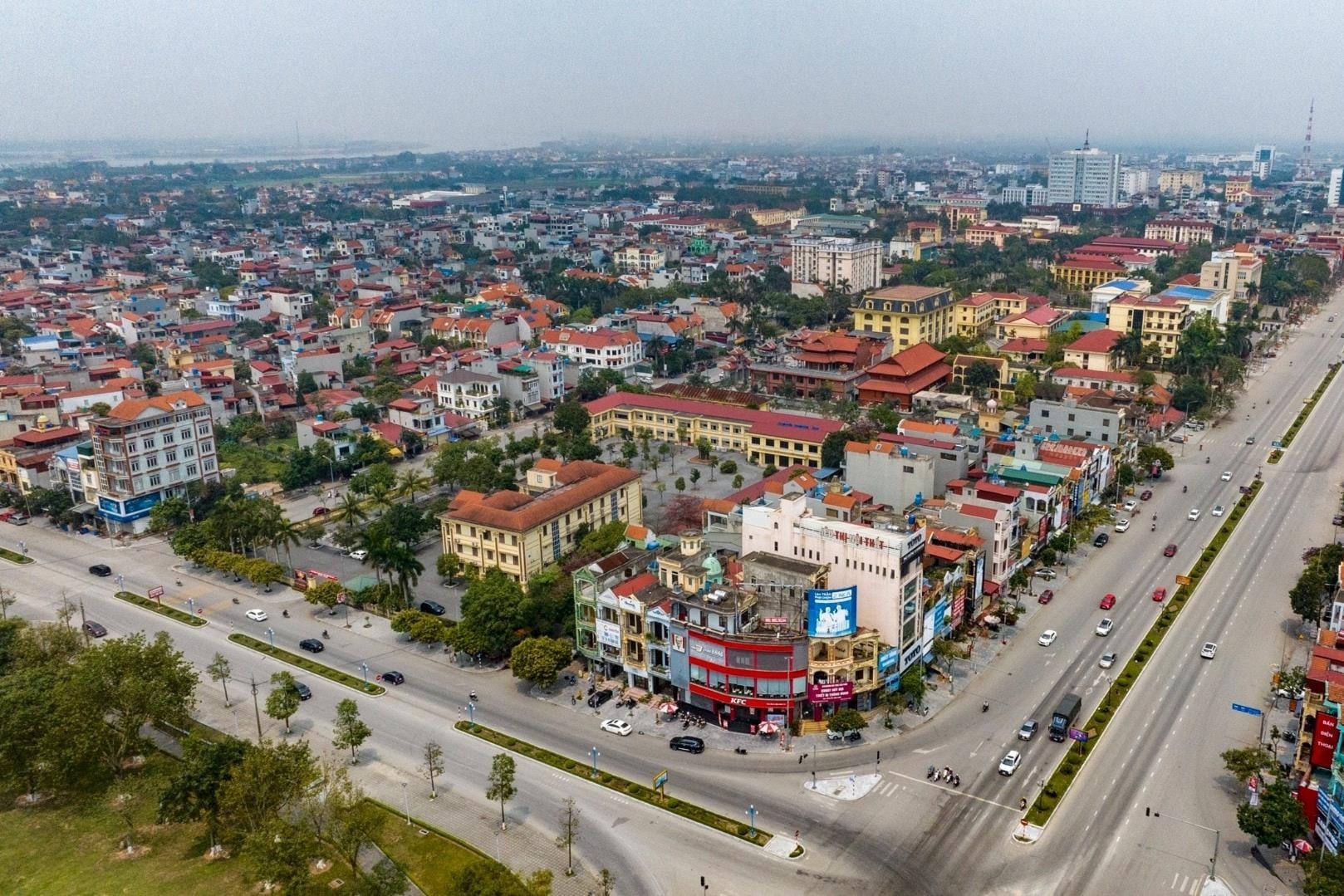


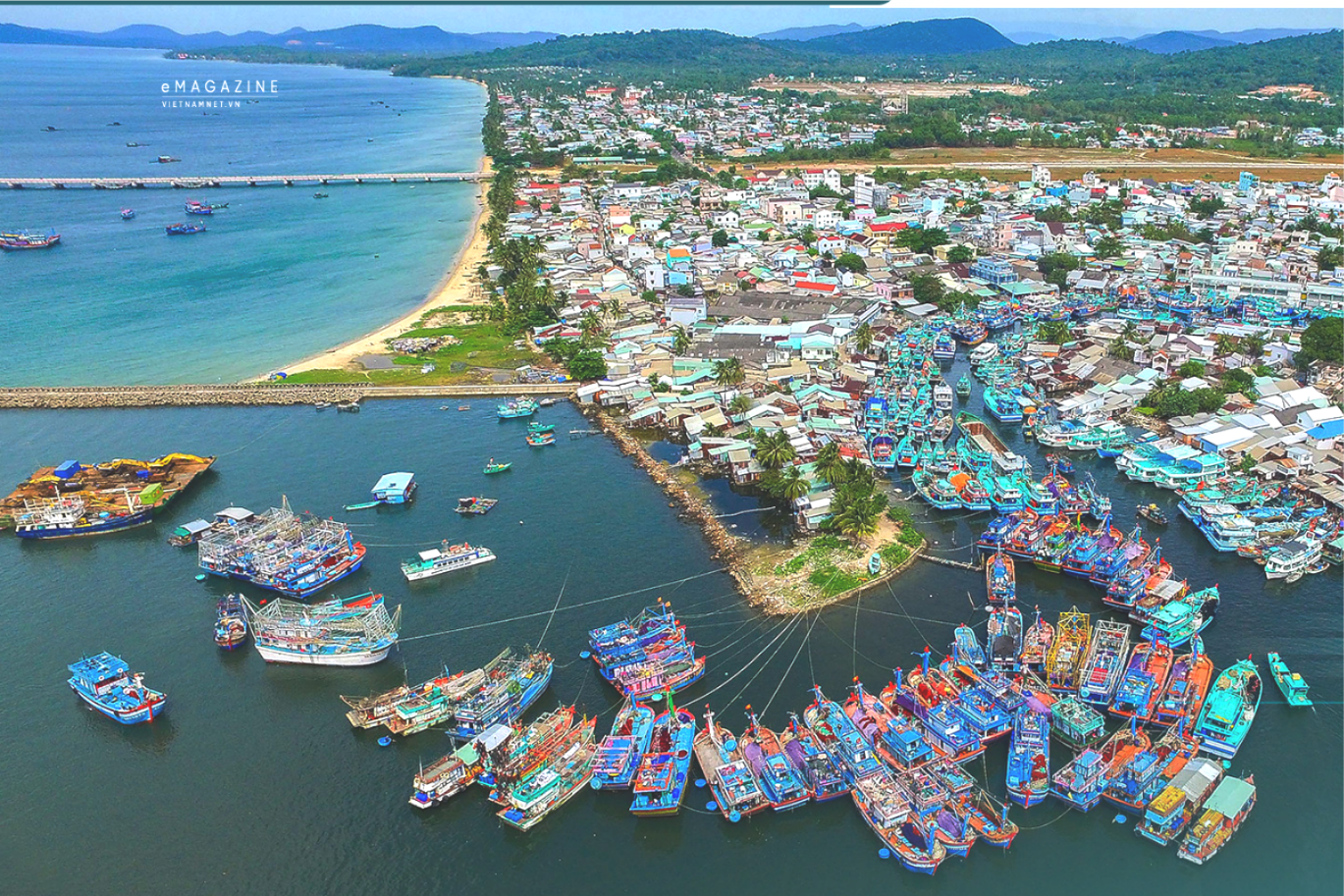
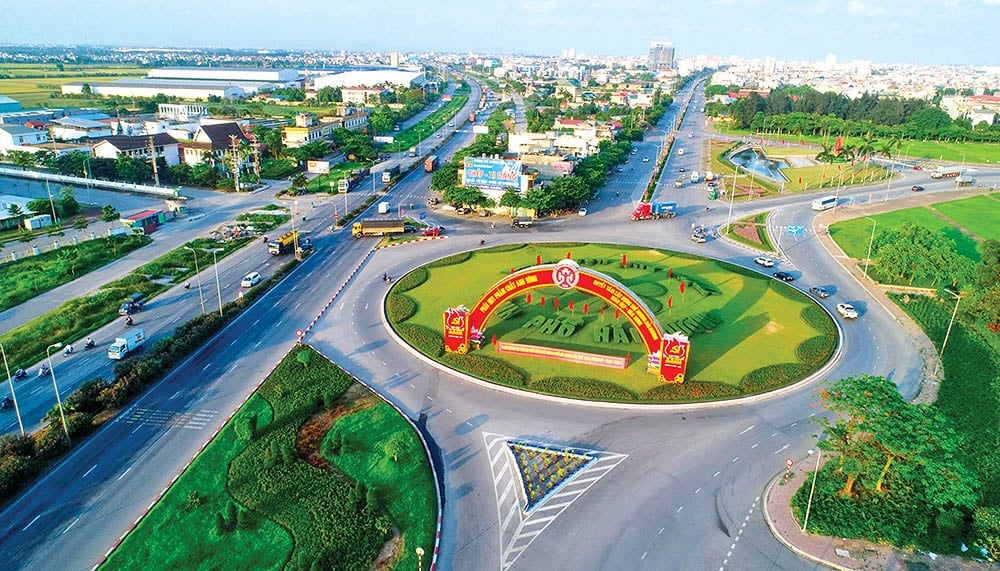













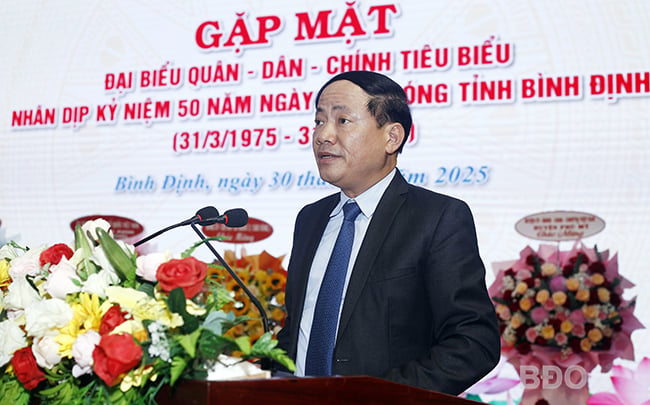

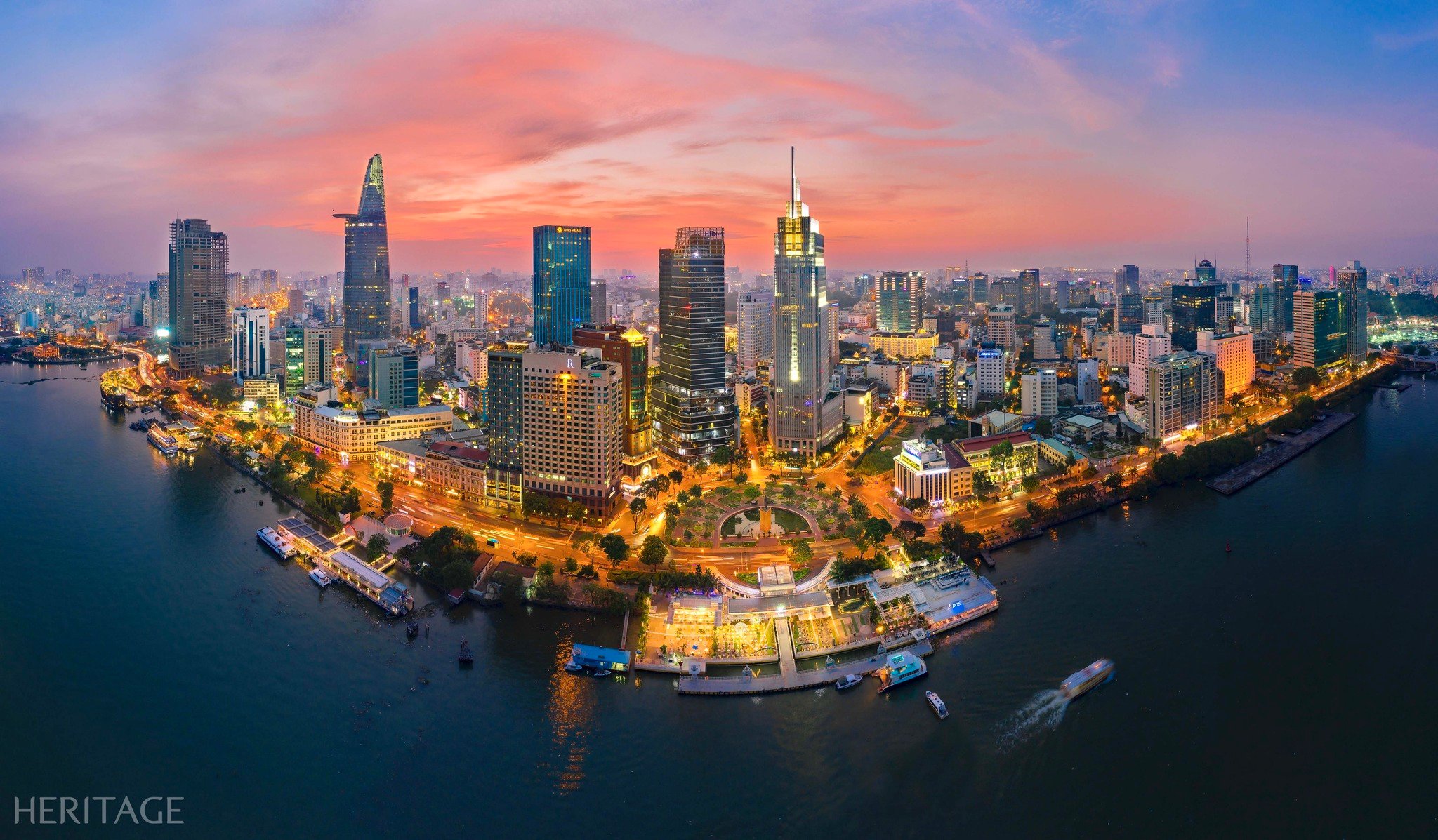
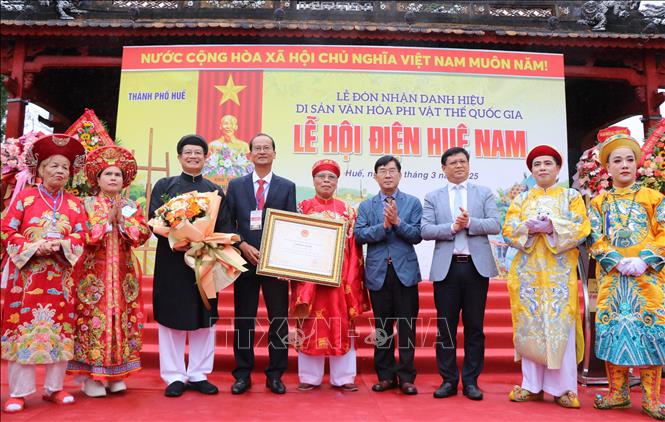

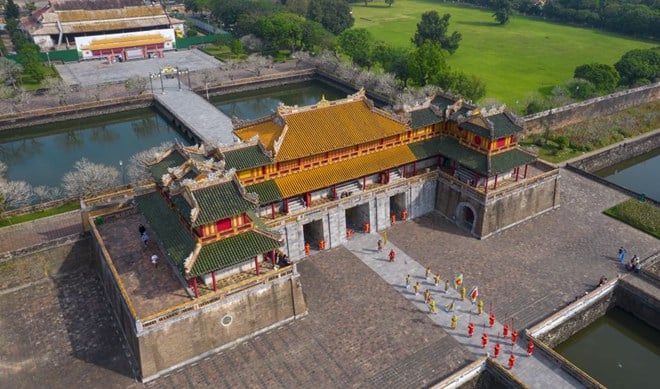








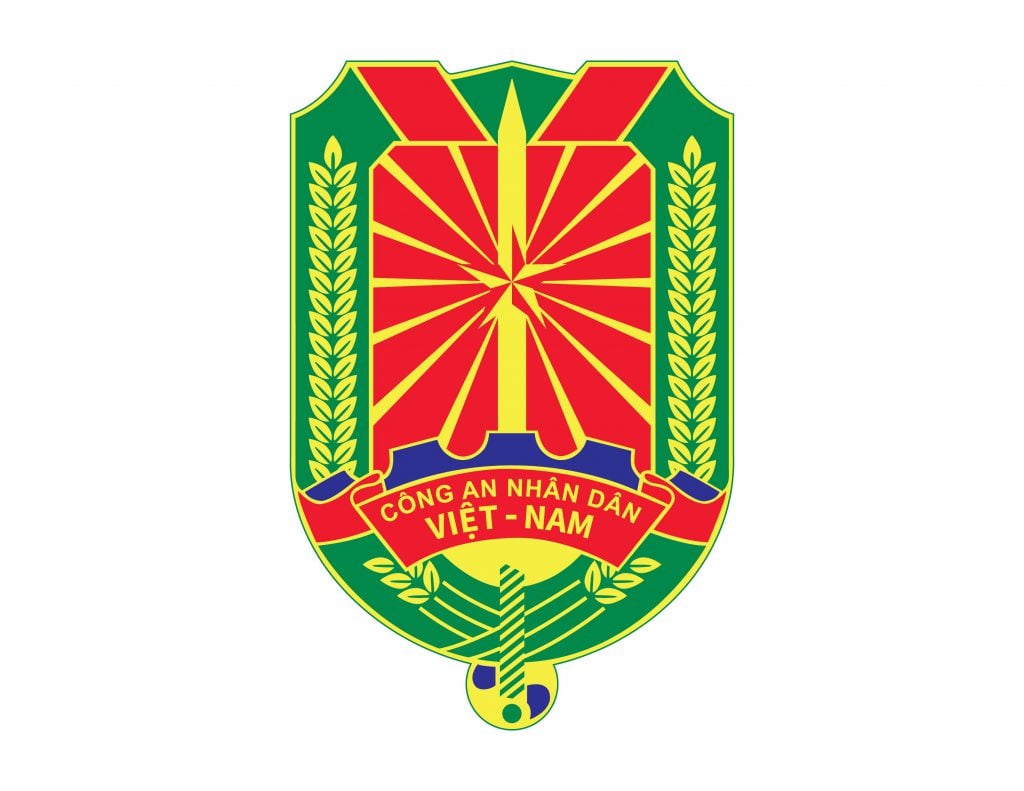
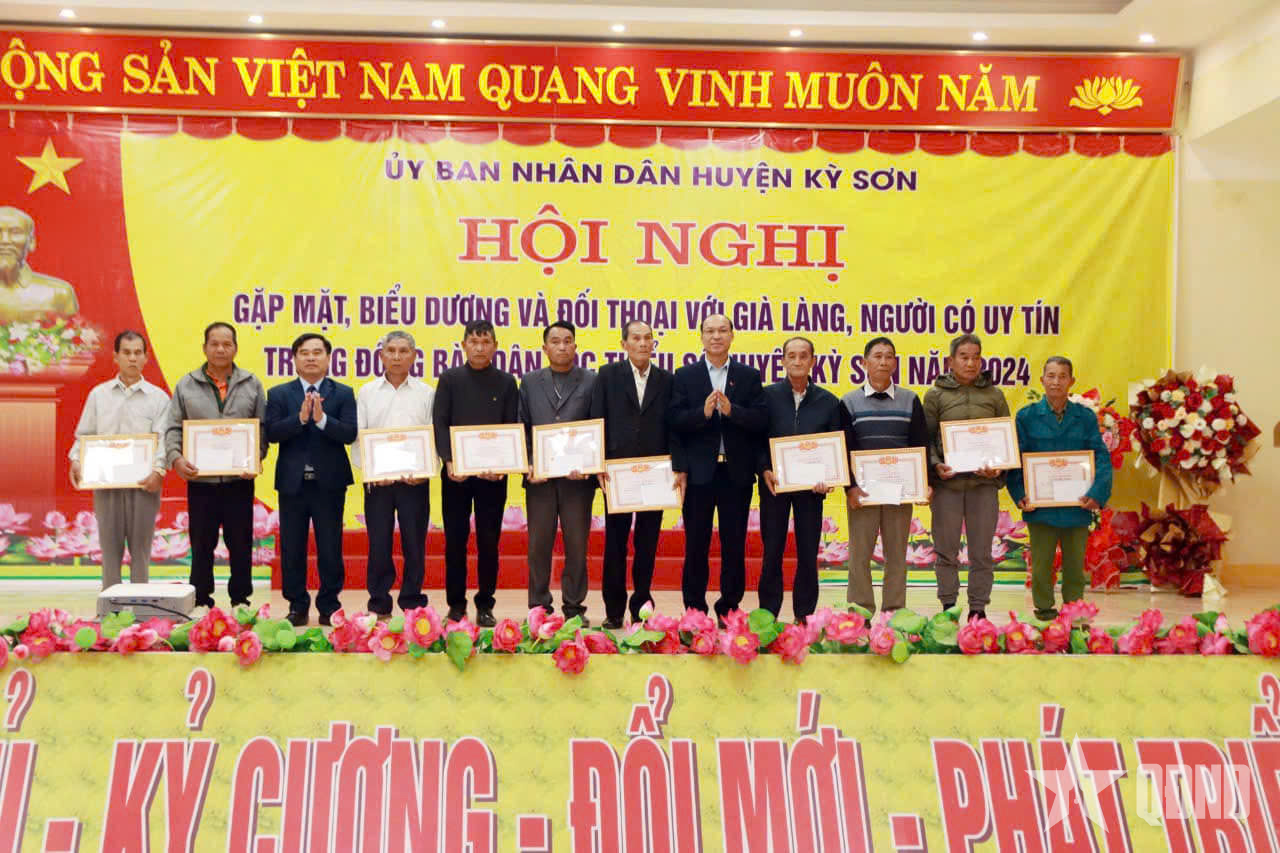





















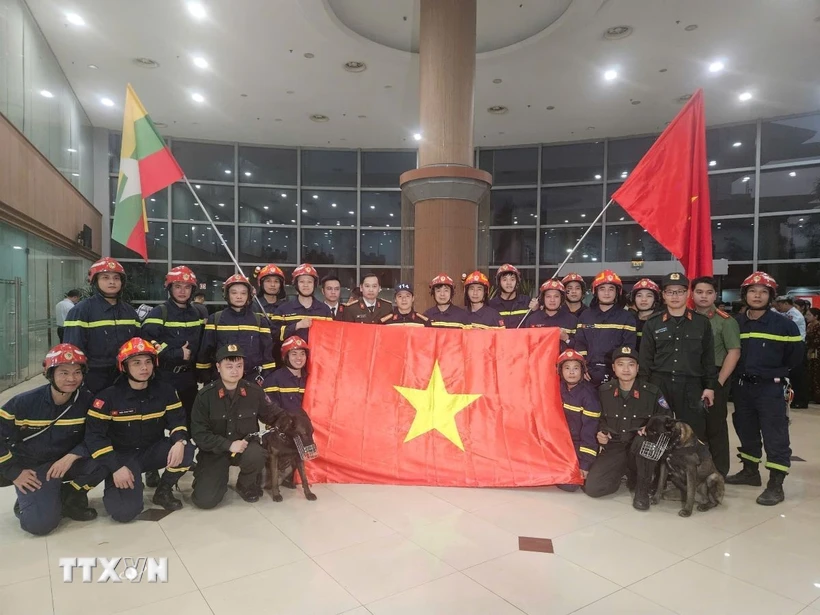






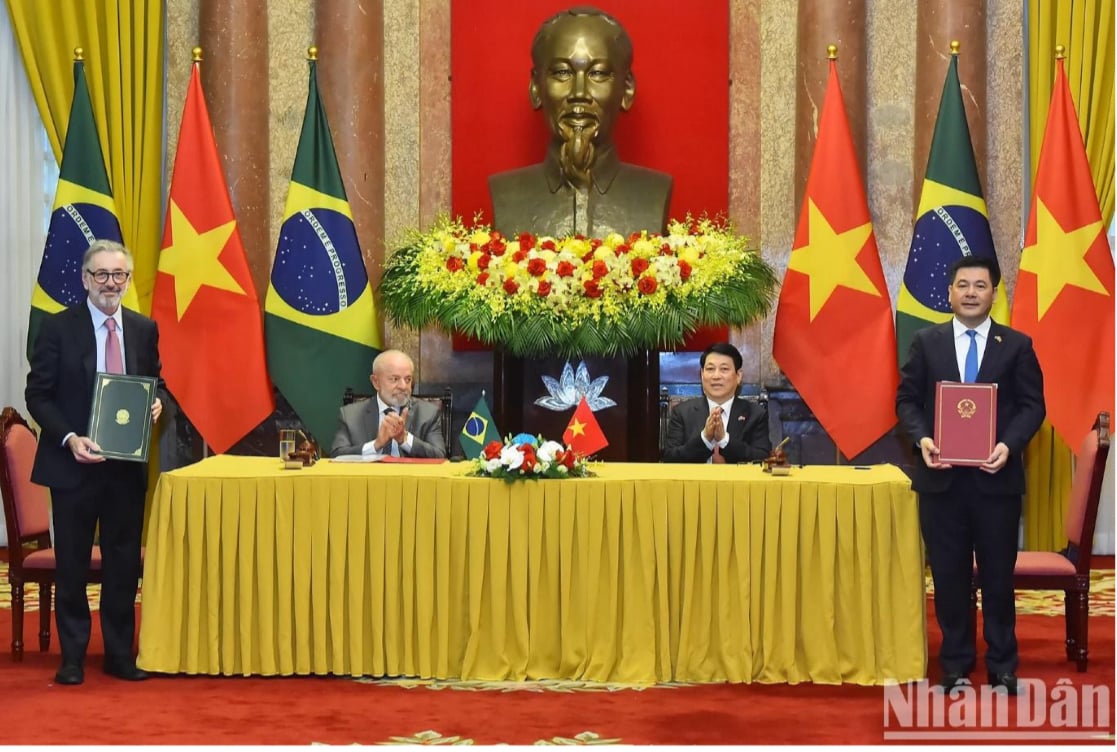

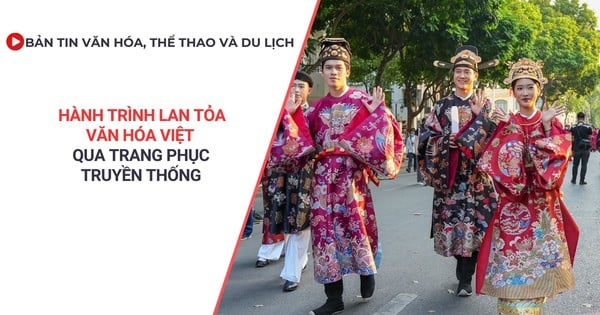

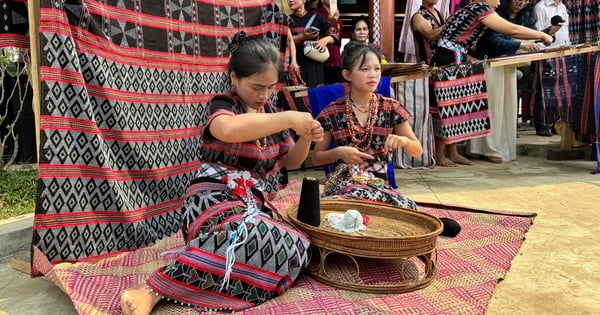
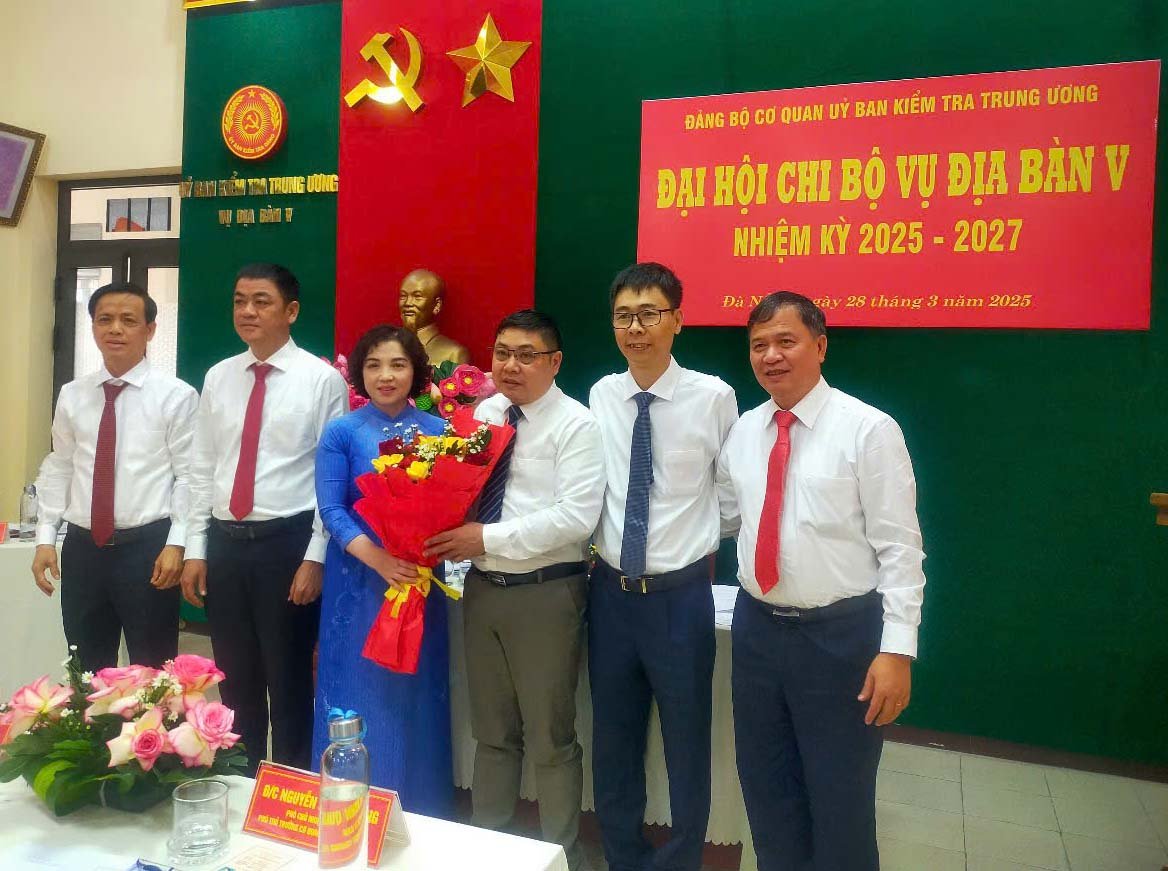

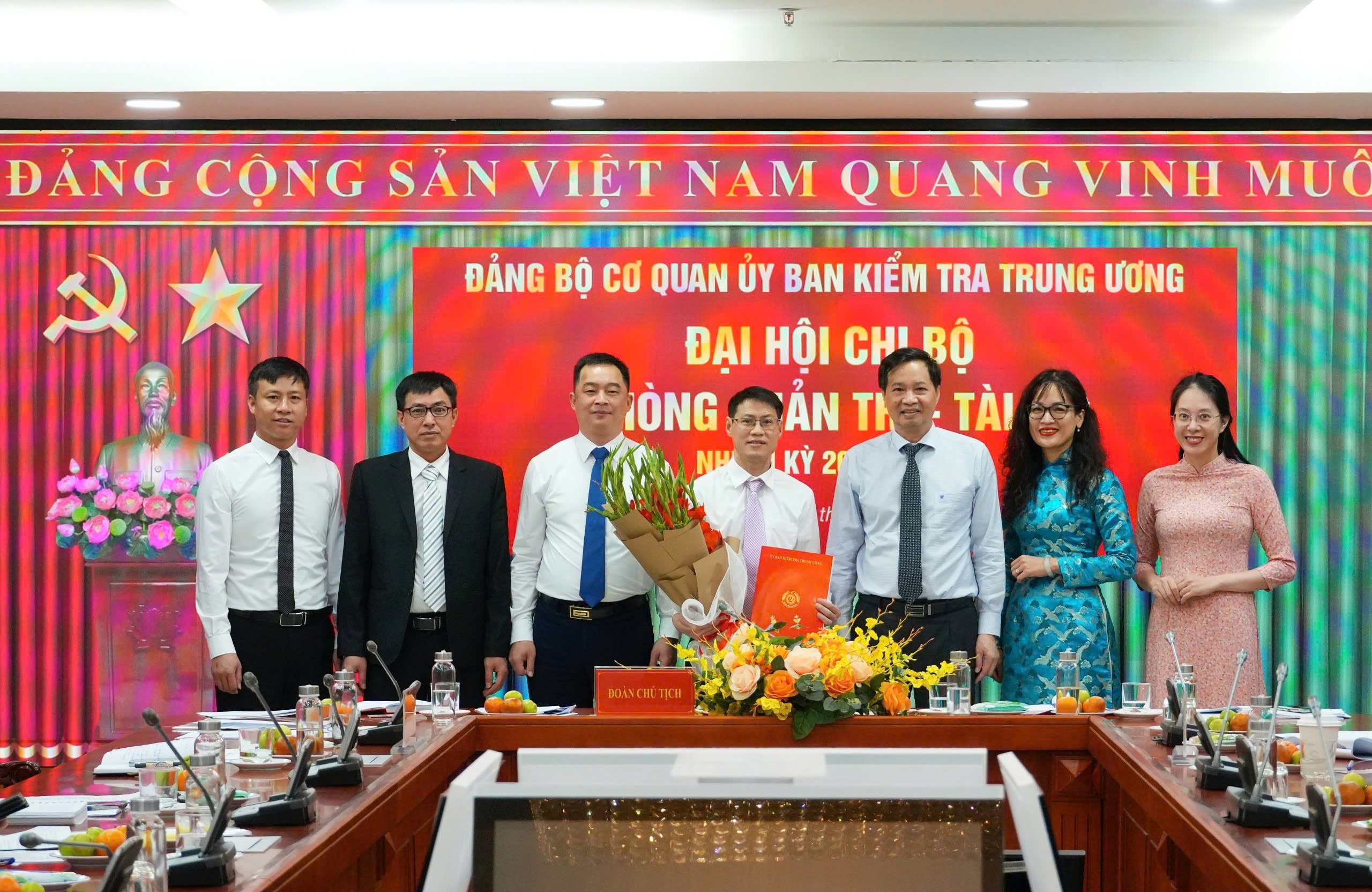










![[REVIEW OCOP] An Lanh Huong Vet Yen Cat](https://vstatic.vietnam.vn/vietnam/resource/IMAGE/2025/3/27/c25032328e9a47be9991d5be7c0cad8c)





Comment (0)